Description
Industrial Salt
Vornaco is a global leader in industrial salt production and supply, offering high-quality salt products for diverse industries. Vornaco’s industrial salt meets strict quality standards to ensure purity and effectiveness. From manufacturing to distribution, Vornaco’s expertise in industrial salt ensures consistent availability worldwide. Vornaco’s commitment to innovation and sustainability strengthens its position in the global industrial salt market. Clients rely on Vornaco for reliable industrial salt that supports various industrial applications. Trust Vornaco as your premier partner for industrial salt solutions. Vornaco continues to deliver excellence in every batch of industrial salt.
Vornaco not only provides top-quality industrial salt but also offers premium bentonite for drilling that professionals rely on. Our bentonite for drilling delivers excellent performance and stability for your toughest projects. With Vornaco, you get trusted solutions that keep your operations running smoothly and efficiently. Discover how Vornaco’s industrial salt and bentonite for drilling can elevate your business today!
Salt Manufacturers
Vornaco stands out among salt manufacturers due to its advanced production technologies and quality control measures. Our salt manufacturers division produces a wide variety of salts tailored to specific industrial needs. Vornaco’s salt manufacturers prioritize environmentally friendly practices and sustainable sourcing. The salt manufacturers at Vornaco ensure every product batch meets international standards for purity and consistency. Customers trust Vornaco’s salt manufacturers for reliable supply and product innovation. Vornaco’s salt manufacturers contribute to multiple sectors including food processing, chemicals, and water treatment. Vornaco maintains leadership in salt manufacturing through continuous improvement.
Salt Production
Salt production at Vornaco combines traditional methods with modern technology to achieve high-quality output. Our salt production facilities utilize sustainable extraction and processing techniques to preserve mineral content. Vornaco’s salt production emphasizes environmental stewardship and resource efficiency. The salt production team at Vornaco works rigorously to maintain quality and meet client demands. Through advanced salt production, Vornaco delivers products suitable for industrial and commercial uses. Vornaco’s salt production is certified to comply with global safety and quality standards. Choose Vornaco for dependable salt production expertise and superior products.
Salt Production in the World
Vornaco monitors salt production trends worldwide to optimize its operations and market responsiveness. The global salt production landscape is diverse, with Vornaco participating actively to meet international demands. Vornaco’s insight into salt production in the world allows it to forecast supply challenges and innovate accordingly. As part of the global salt production community, Vornaco maintains strong partnerships and sustainability commitments. Vornaco’s salt production in the world strategy focuses on quality, efficiency, and environmental responsibility. Clients benefit from Vornaco’s global perspective and leadership in salt production. Vornaco’s continued growth reflects its mastery of global salt production dynamics.
Industrial Salt Manufacturers
Vornaco is recognized as a leading industrial salt manufacturer, specializing in high-purity salt products. Our industrial salt manufacturers utilize cutting-edge technology to produce salt that meets stringent industry specifications. Vornaco’s industrial salt manufacturers maintain strict quality assurance processes to ensure product excellence. The company’s industrial salt manufacturers cater to sectors such as chemical processing, food preservation, and water treatment. Vornaco’s reputation as industrial salt manufacturers is built on reliability, innovation, and sustainability. Partner with Vornaco’s industrial salt manufacturers for dependable and customized salt solutions.
Industrial Salt Uses
- Used in chemical production, de-icing, and water softening.
- Products enhance efficiency and environmental compliance.
- Meets regulatory standards for diverse industrial applications.
- Offers tailored formulations and supply solutions.
- Provides versatile salt products for various manufacturing processes.
- Continuous research expands industrial salt applications.
Types of Industrial Salt
- Offers rock salt, vacuum salt, and solar salt varieties.
- Each type meets different application requirements with consistent quality.
- Uses environmentally sustainable processing methods.
- Available in different purity levels, granule sizes, and chemical compositions.
- Suitable for chemical, food, and water treatment industries.
- Constant development of new types to meet market demands.
Vornaco not only delivers top-grade industrial salt but also provides premium bentonite cat litter that pet owners love. Discover the natural, effective care of Vornaco’s bentonite cat litter for your furry friends.
Rock Salt Manufacturers
As expert rock salt manufacturers, Vornaco specializes in producing high-grade rock salt for industrial applications. Our rock salt manufacturers follow stringent quality controls to ensure purity and consistent granule size. Vornaco’s rock salt manufacturers employ sustainable extraction methods to minimize environmental impact. The rock salt manufacturers at Vornaco serve markets including de-icing, water treatment, and chemical industries. Vornaco’s reputation among rock salt manufacturers is founded on quality, reliability, and customer satisfaction. Choose Vornaco’s rock salt manufacturers for superior industrial rock salt products. Vornaco delivers excellence in every shipment from its rock salt manufacturing facilities.
Industrial Salt Chemical
The industrial salt chemical profile at Vornaco is carefully monitored to meet specific industry standards. Vornaco ensures that industrial salt chemical composition is consistent and suitable for applications like chemical synthesis and food processing. Our industrial salt chemical testing and analysis guarantee compliance with safety and quality benchmarks. Vornaco’s industrial salt chemical expertise supports clients in achieving precise formulation requirements. We invest in continuous industrial salt chemical research to enhance product performance. Trust Vornaco for industrial salt chemical quality that meets global industrial needs. Vornaco’s commitment to chemical integrity sets us apart.
- Salt Processing
- Salt processing combines modern technology and best practices for high-purity products.
- Includes washing, drying, grinding, and packaging to preserve mineral content.
- Facilities meet international certification standards and emphasize sustainability.
- The processing team ensures consistent quality and timely order fulfillment.
- Supports various industrial sectors with tailored salt solutions.
- Continuous innovation in salt processing technologies.
Industrial Salt Price
Vornaco offers competitive industrial salt price options reflecting premium quality and market trends. Our industrial salt price strategy provides transparency and value to customers worldwide. Clients benefit from Vornaco’s ability to balance industrial salt price with superior product features and reliable supply. The company monitors industrial salt price fluctuations to adjust offerings and maintain affordability. Vornaco’s industrial salt price packages cater to bulk buyers, retailers, and manufacturers. Trust Vornaco for industrial salt price solutions that meet your budget and quality expectations. Vornaco remains committed to fair pricing and excellent service.
Industrial Salt Price Per Kg
Vornaco provides detailed industrial salt price per kg information to assist buyers in making informed decisions. Our industrial salt price per kg reflects consistent quality and competitive market positioning. Clients purchasing industrial salt price per kg from Vornaco enjoy flexible order quantities and delivery options. Vornaco ensures industrial salt price per kg transparency through clear communication and documentation. Our industrial salt price per kg helps customers budget effectively for their production needs. Vornaco’s commitment to quality and value drives our industrial salt price per kg policies. Choose Vornaco for trusted industrial salt price per kg rates.
Industrial Salt Price Per Ton
Vornaco’s industrial salt price per ton offerings cater to large-scale buyers and industrial clients. We provide competitive industrial salt price per ton packages with guaranteed product quality. Customers benefit from Vornaco’s efficient logistics and supply chain management to secure timely deliveries. Vornaco’s industrial salt price per ton options are tailored to volume and destination requirements. We maintain transparency and flexibility in industrial salt price per ton negotiations. Trust Vornaco for industrial salt price per ton solutions that optimize cost and supply reliability. Our industrial salt price per ton rates reflect market trends and customer needs.
Industrial Salt For Sale
Vornaco has a broad portfolio of industrial salt for sale, ready to meet diverse industrial demands. Our industrial salt for sale includes various grades and specifications to suit specific applications. Vornaco’s industrial salt for sale is backed by quality certifications and sustainable sourcing. Clients searching for industrial salt for sale rely on Vornaco for dependable supply and competitive pricing. We continuously expand our industrial salt for sale offerings to include innovative and specialized products. Choose Vornaco for industrial salt for sale that aligns with your operational requirements. Vornaco’s industrial salt for sale services are backed by expert customer support.
Price of Industrial Salt
The price of industrial salt from Vornaco reflects our dedication to quality, consistency, and market competitiveness. Our price of industrial salt is structured to accommodate varying order sizes and delivery schedules. Vornaco provides transparent price of industrial salt details to help clients plan budgets and operations. Customers appreciate the value offered through Vornaco’s price of industrial salt, balancing affordability with premium quality. We regularly review the price of industrial salt to ensure market alignment and customer satisfaction. Trust Vornaco for price of industrial salt packages that meet your industrial needs efficiently.
Industrial Salt Supplier
Vornaco is a leading industrial salt supplier committed to providing high-quality salt products and exceptional customer service. Our industrial salt supplier network supports diverse industries with consistent supply and technical expertise. Vornaco’s industrial salt supplier role includes logistics management and tailored solutions for client requirements. We maintain strong relationships with clients to ensure the industrial salt supplier services meet evolving demands. Customers rely on Vornaco as their preferred industrial salt supplier due to reliability and product excellence. Choose Vornaco for professional and dependable industrial salt supplier services.
Industrial Salt Supplies
Vornaco offers comprehensive industrial salt supplies tailored to meet the needs of various industrial sectors. Our industrial salt supplies include bulk quantities, custom packaging, and specialty salt products. Vornaco’s industrial salt supplies focus on quality control, timely delivery, and sustainability. Clients depend on Vornaco’s industrial salt supplies for uninterrupted operations and product consistency. We continually enhance our industrial salt supplies to reflect advances in production and market demands. Trust Vornaco for industrial salt supplies that combine quality, service, and innovation.
Salt Trading Company
Vornaco is a reputable salt trading company with extensive experience in domestic and international salt markets. Our salt trading company expertise includes sourcing, procurement, and distribution of industrial salt products. Vornaco’s salt trading company operations prioritize transparency, compliance, and customer satisfaction. We leverage global networks to provide competitive pricing and reliable supply through our salt trading company services. Customers trust Vornaco’s salt trading company capabilities for market insights and efficient trade solutions. Partner with Vornaco’s salt trading company to enhance your supply chain and market presence.
Read more about: Sea Salt
Connect with Vornaco Today!
Got questions or need expert guidance? Our approachable and knowledgeable team at Vornaco is eager to assist you every step of the way.
📞 +98 912 293 9278
📧 info@vornaco.com
Start your journey toward premium minerals with just one message — we’re here to make it easy and rewarding!











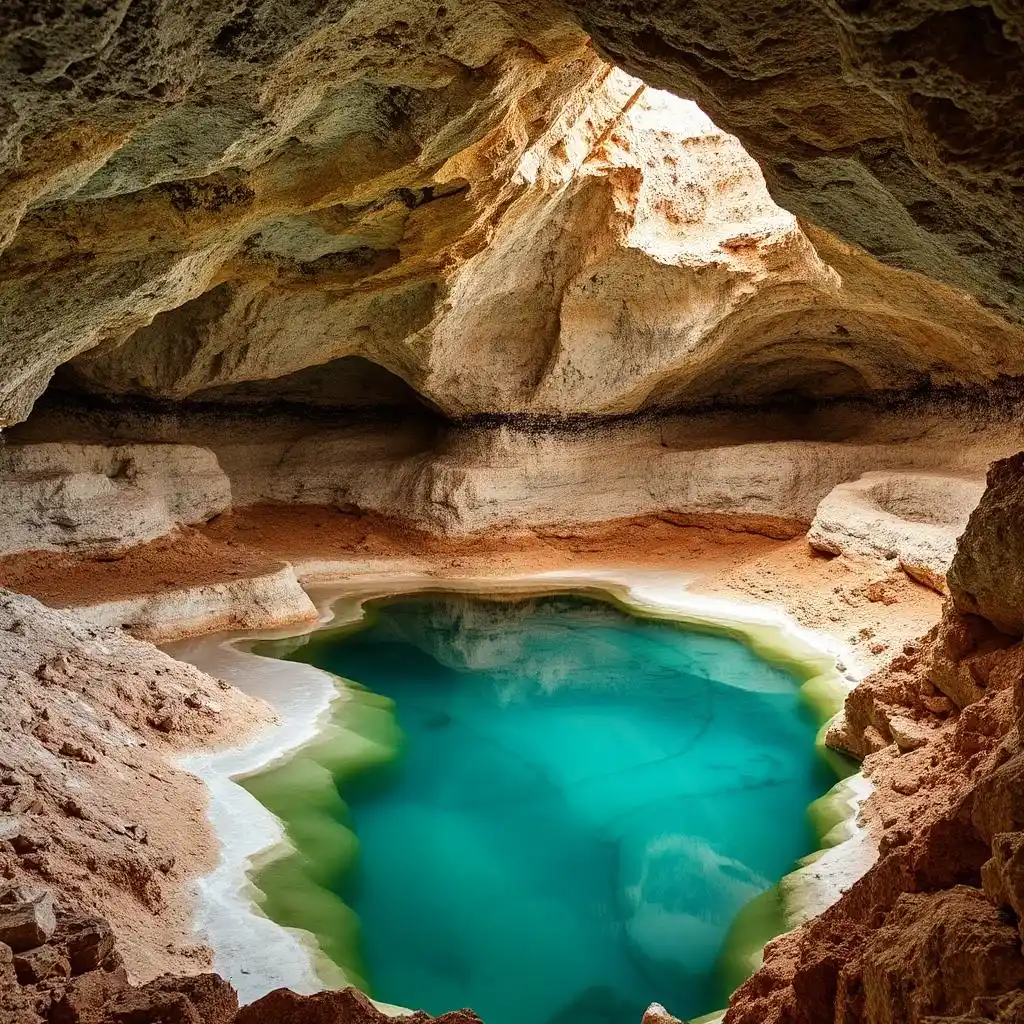


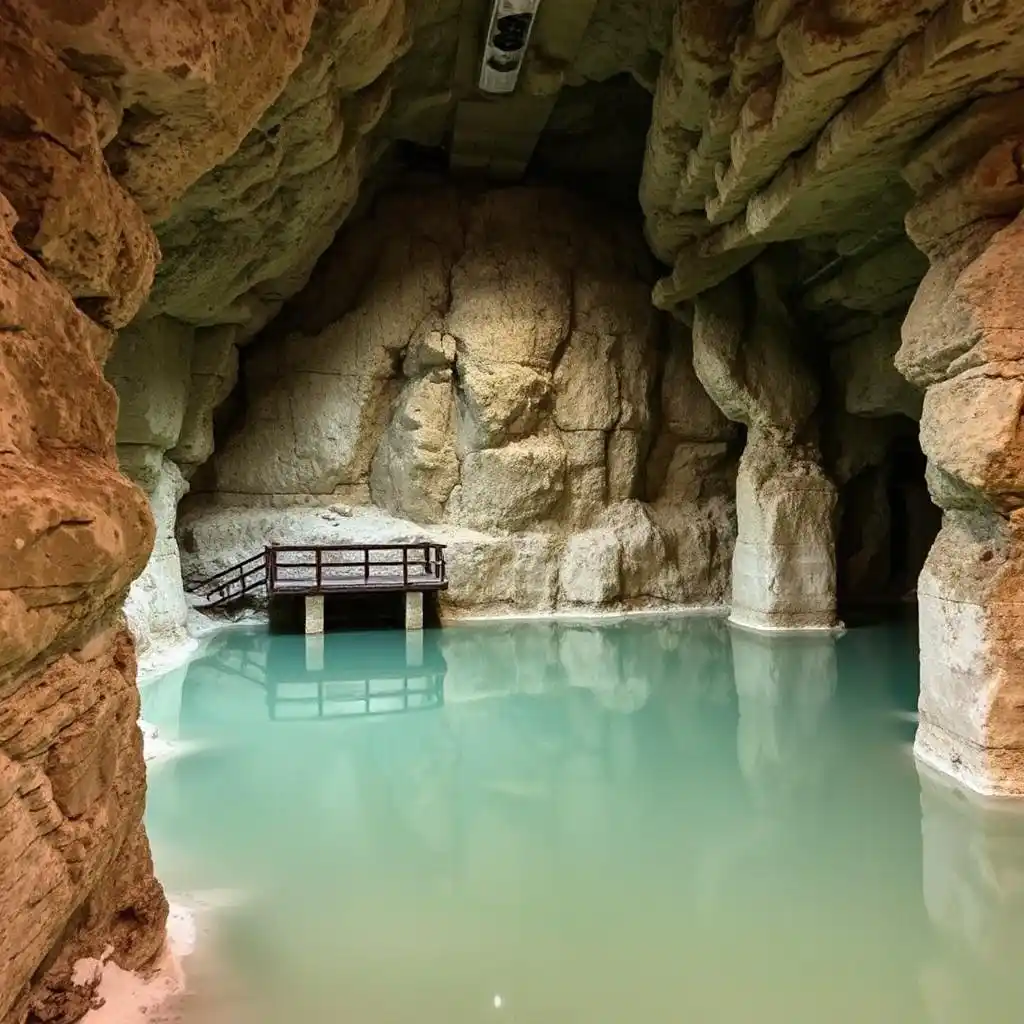
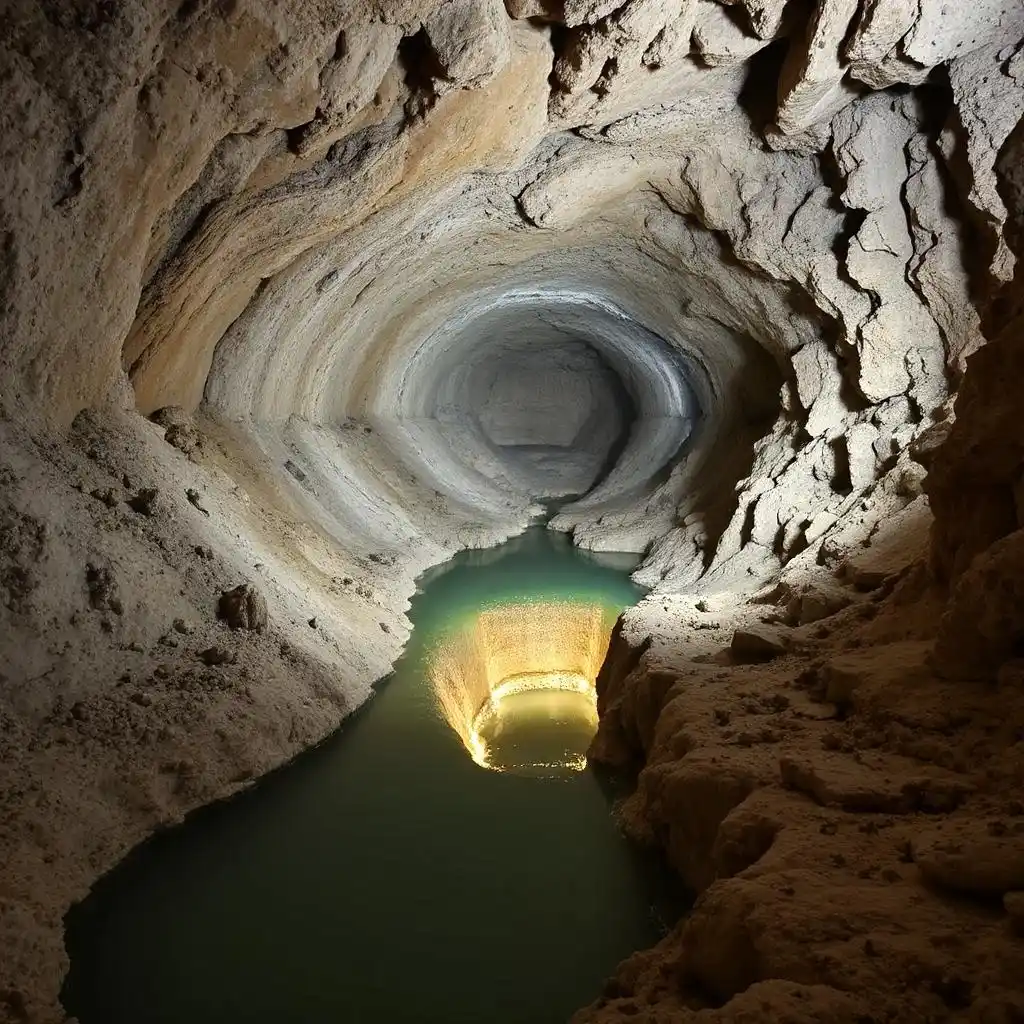


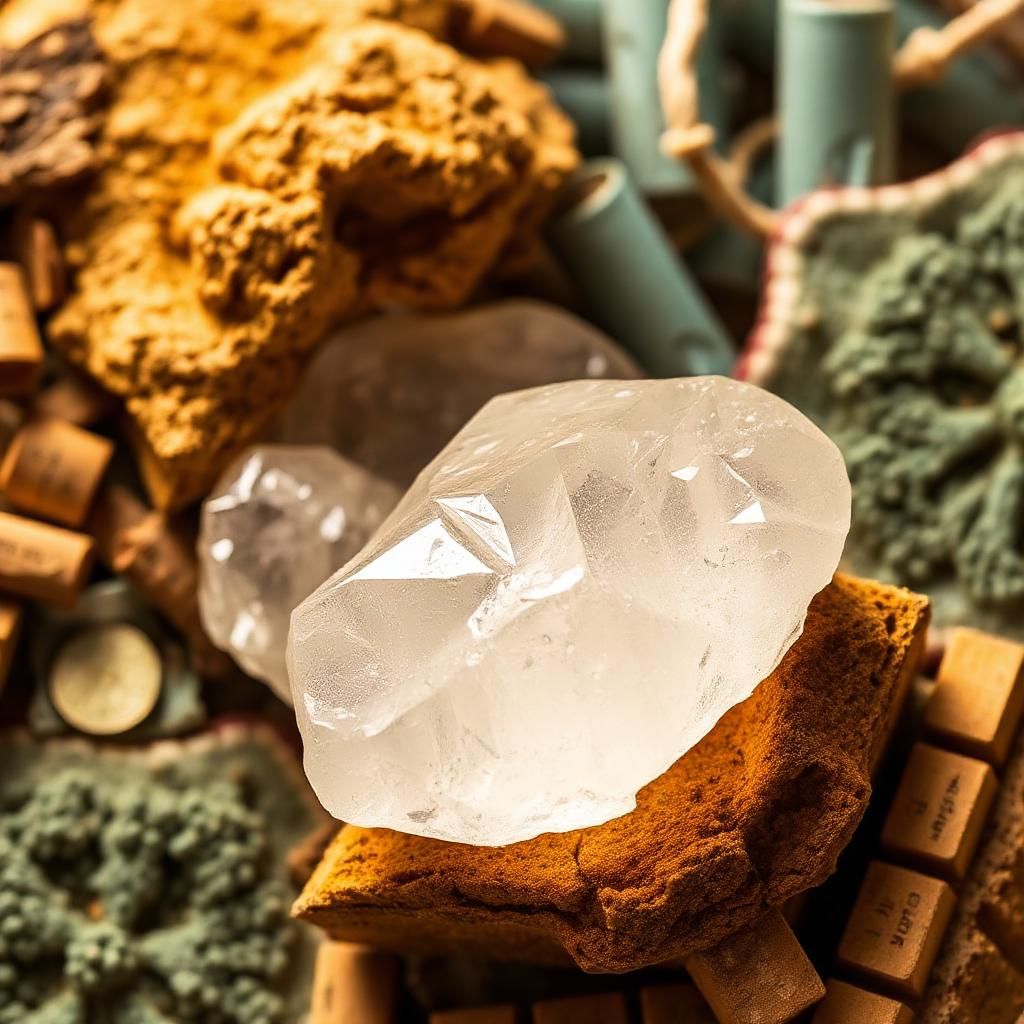

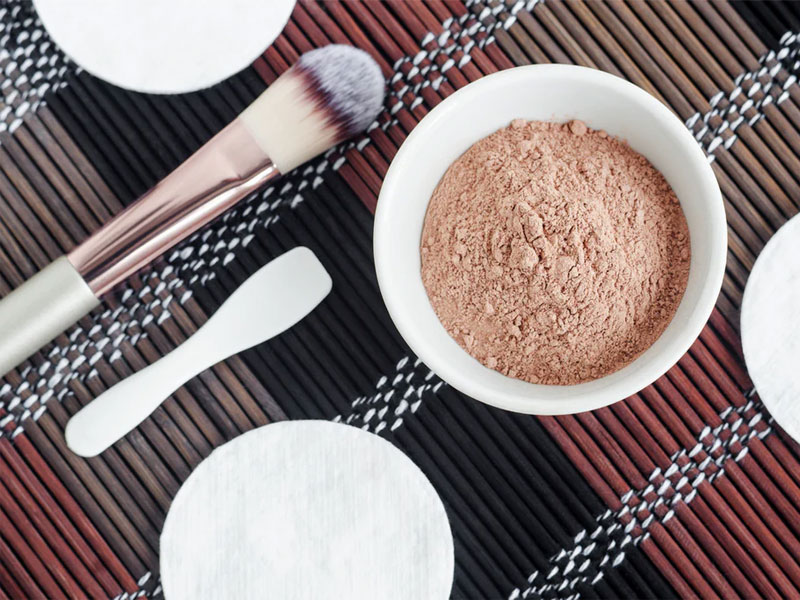
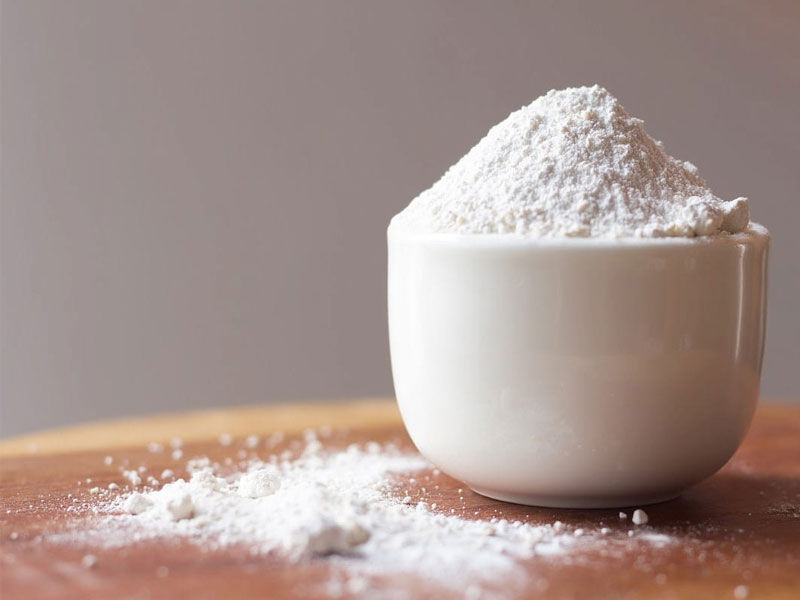
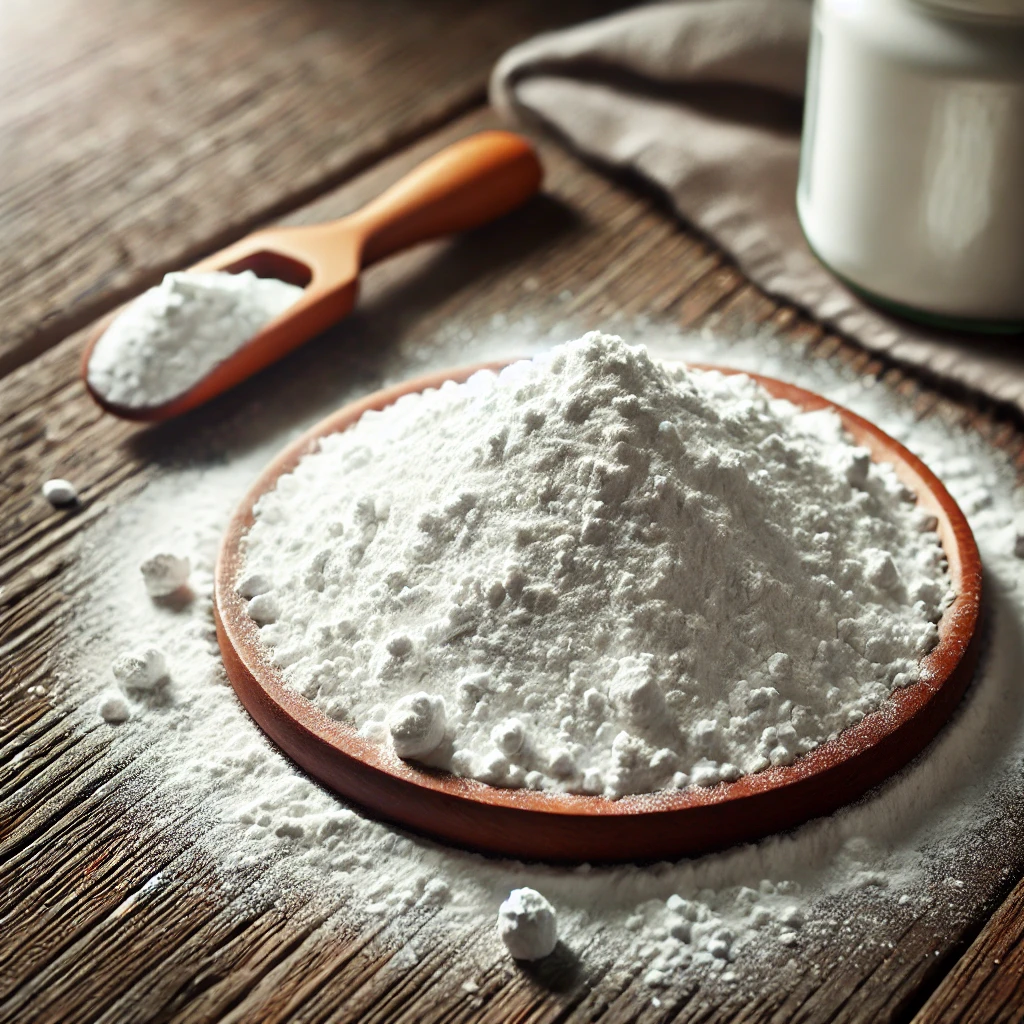

Reviews
There are no reviews yet.